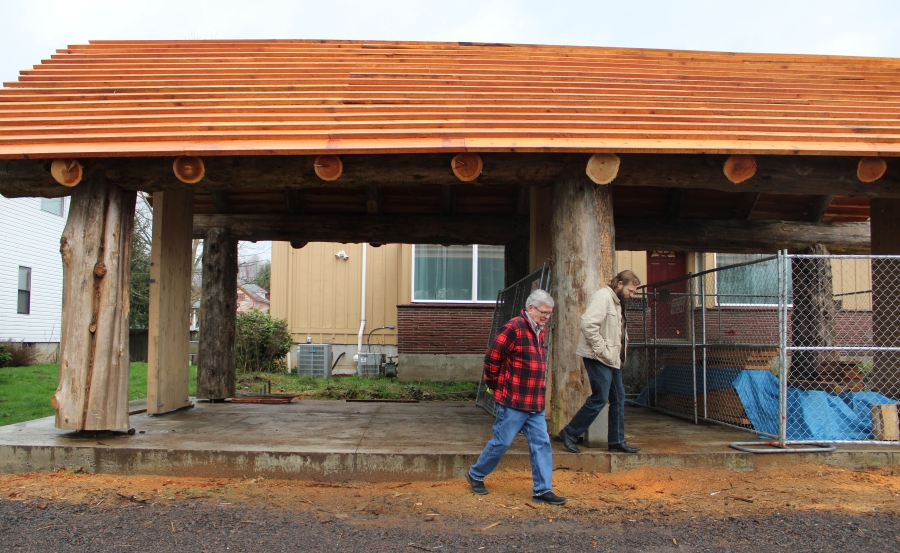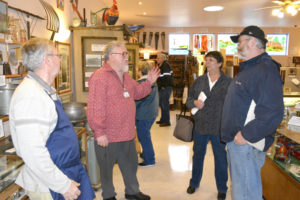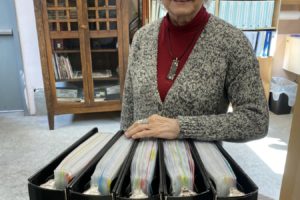Significant progress is being made on the construction of The Gathering Place at Washuxwal at Two Rivers Heritage Museum in Washougal.
In January, builders fit large cedar planks to the top of the open-structure pavilion, creating not only a roof, but a milestone moment for the project commissioned by the Camas-Washougal Historical Society (CWHS).
“The roof kind of brought it to life,” Richard Johnson, a member of the museum’s board of directors, said on Thursday, Feb. 6, while looking up at the roof from the center of the unfinished pavilion. “We’ve been getting some calls and some inquiries from people asking, ‘What’s that?”’
“You can really see it from the road now,” project manager Jason Ferrier, an architect for Camas-based Lewallen Architecture, added.
There is still a significant amount of work to be done before the pavilion is completed, but the “slow and steady progress” of construction, which began in 2018, has been encouraging, Johnson said.



